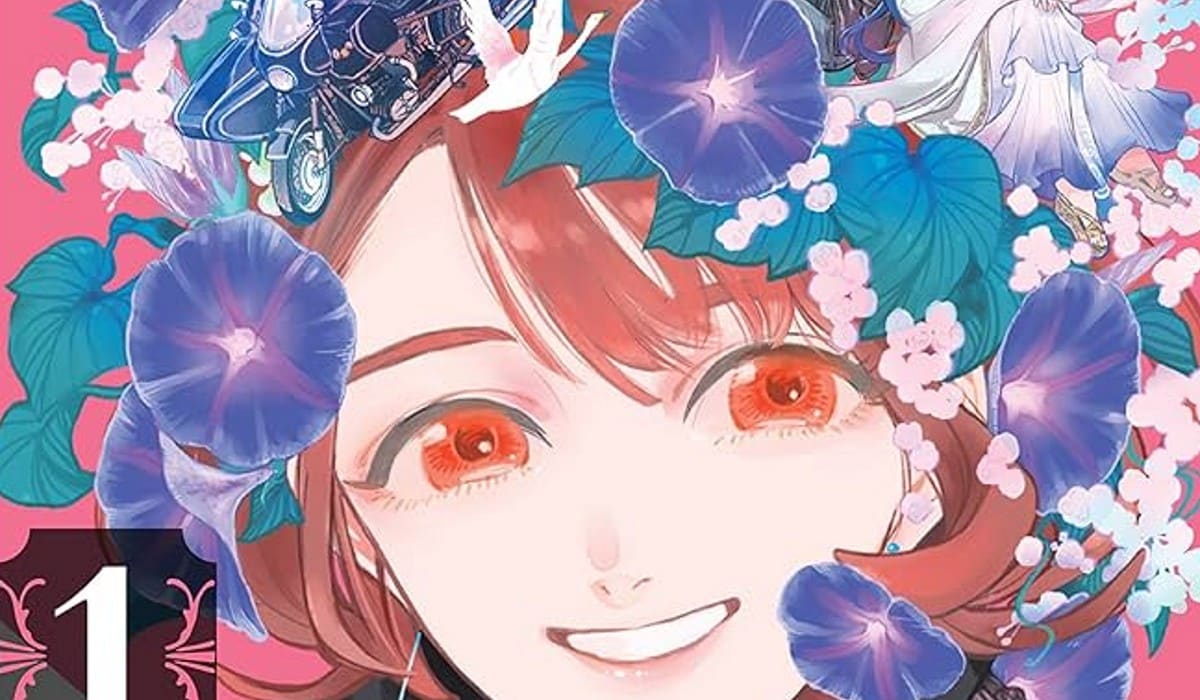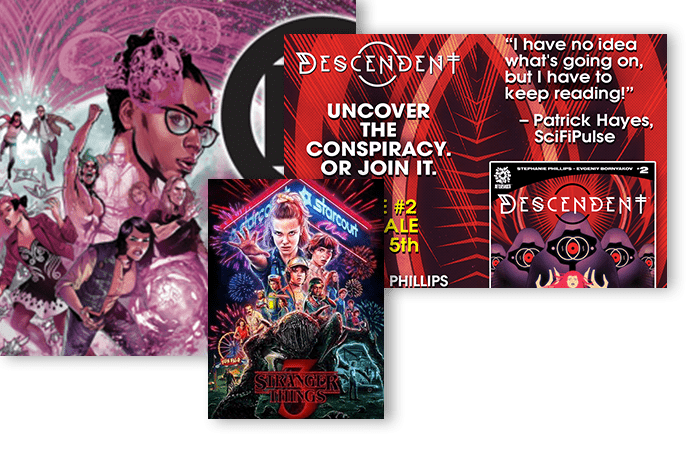With more people reading manga and Webtoons (aka vertical scroll comics) than ever before, Beat’s Bizarre Adventure gives three writers an opportunity each week to recommend some of their favorite books and series from Japan, Korea and elsewhere. This week we have a comic in competition at the WEBTOON 2025 contest, another leap into the Omegaverse, and, once again, death.
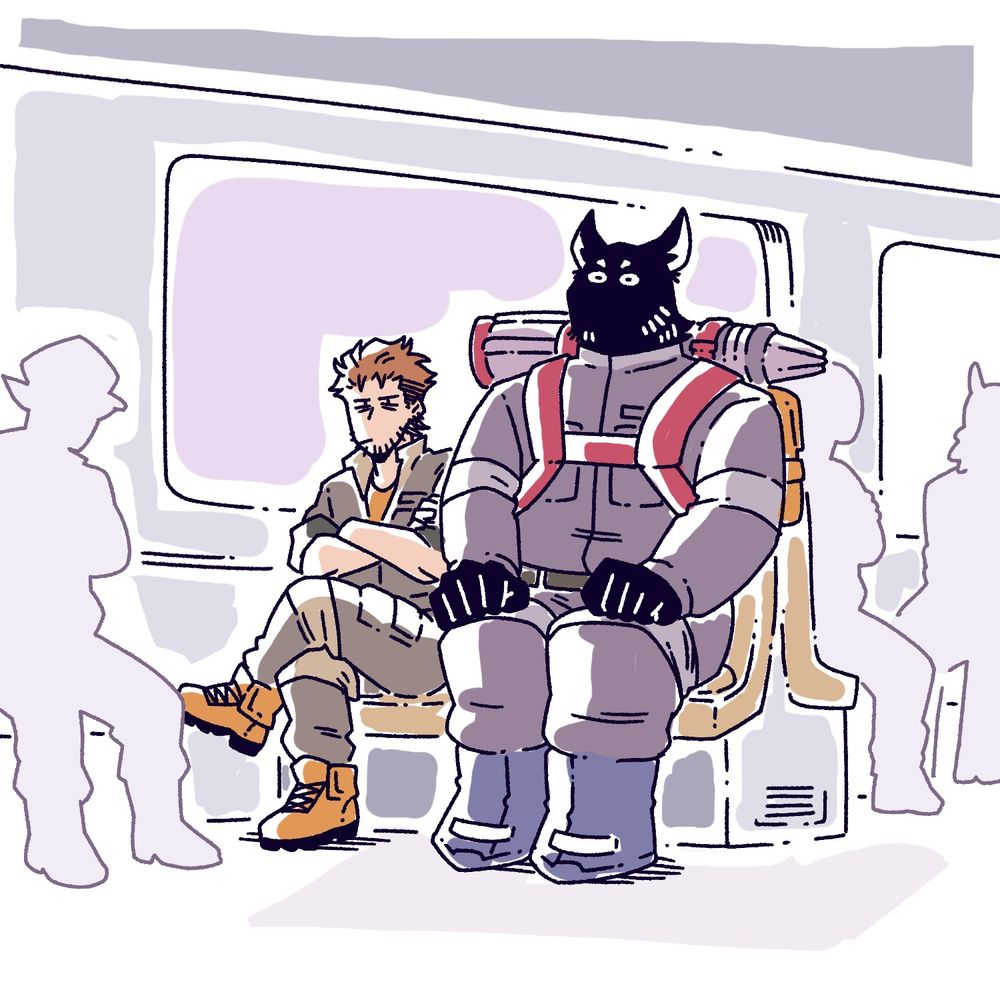
Herald’s Song
Writer/Artists: Ronroncora, Het, Bengel
Platform: WEBTOON
The WEBTOON 2025 contest began officially on March 10th. From action comics to fantasy, romance and comedy, there’s a big variety of stories being told by up and coming artists as well as returning WEBTOON creators. Today’s feature is by an artist who I have spotlighted before in this column: Cora or Ronroncora.
Her new comic, Herald’s Song, is created in collaboration with two other artists, Het and Maju Bengel. Cora is in charge of the storyboards and thumbnails while Het and Bengel take care of inks and colors. The end result has the best of each artist on display.
The series follows Marcel, a tired and overworked maintenance worker for We.Gates, a corporation that deals with inter-dimensional portals from our reality to other realities. He’s been fine working on his lonesome until he is suddenly assigned a new partner. This partner, Pallavine, is a We.Gates worker from another reality, or (as Marcel prefers to call them) a nepo baby. Together the two of them travel to other realities and check if the conditions are right for organic life.
Cora, Het, and Bengel’s art combines anime-inspired character designs with unique character silhouettes for the various dimensional beings and creatures. The line art is paired beautifully with the colors. Bright cyan and white rim lights imply depth and dimension. The paneling and layout is meant for the vertical scrolling format first and foremost, with large panels that are best viewed on mobile devices rather than on a PC.
As of writing, the first episode of this series is up on WEBTOON Canvas for the 2025 contest. The remaining episodes are planned for weekly release until the submission period closes on May 15. So far it’s a refreshing series with unique visuals and hooks. In the meantime, I have my own contest submission to finalize before this month is over. — Justin Guerrero
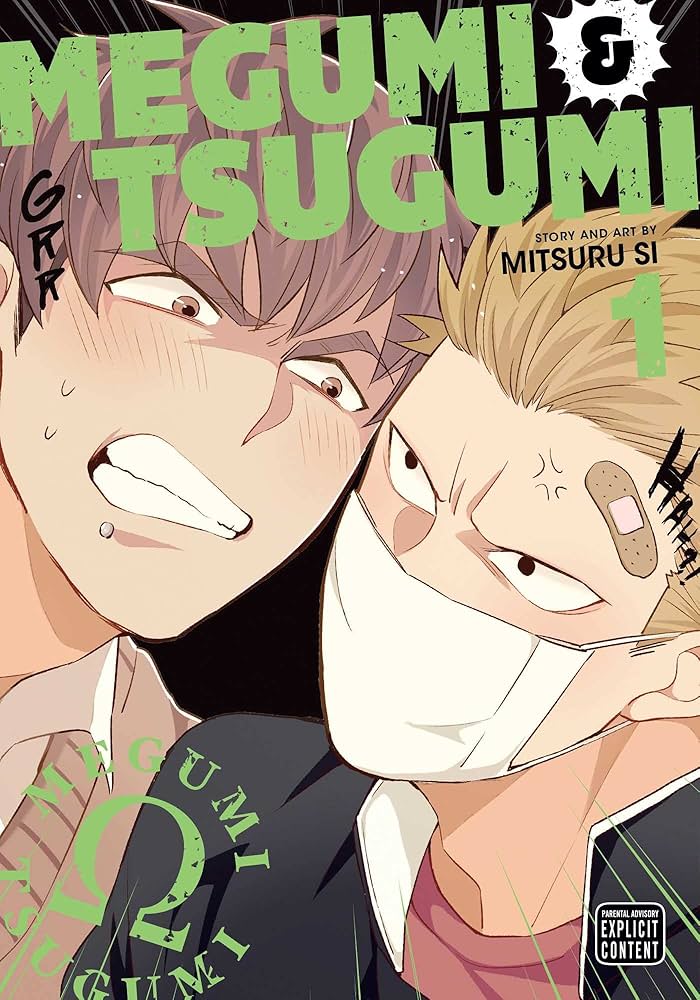
Megumi & Tsugumi
Writer/Artist: Mitsuru Si
Translation: Adrienne Beck
Touch-up Art and Lettering: Deborah Fisher
Cover and Graphic Design: Alice Lewis
Editor: Jennifer LeBlanc
Publisher: SuBLime
In a world where the majority wrongly assumes your biological sex determines your social standing and self-worth, Megumi and Tsugumi are the outliers. Tsugumi is an omega determined to remain true to himself and not be taken advantage of by scumbag alphas. Megumi on the other hand is given all the privileges an alpha can have: wealthy parents, an elite school, good grades. He’s determined never to take advantage of omegas as if they are playthings, like his dad did to his birth mother. Then a misunderstanding and a fateful brawl, plus Tsugumi’s irregular heat, brings the two of them together unexpectedly. Join our delinquent duo as they navigate youth and hormones!
Most people are now acquainted with alpha/beta/omega terminology. In the Megumi & Tsugumi context, though, Omegaverse is an alternate reality where characters are assigned a secondary sex apart from their biological sex. With that comes heat, a phase where pheromones come into play and affect alphas and omegas. This alternate universe diversifies with every new work.
Megumi & Tsugumi is a fun, energetic and respectful take on the Omegaverse subgenre. While the characters stumble here and there and do questionable stuff, they are a lively bunch and quite lovable.
The series strikes a nice balance between sweet and smutty chapters. We learn about each character as well as their motives, families and respective dynamics starting from the first volume. The series is still ongoing both in Japan and the US, and there are five volumes available in English. So readers can look forward to a journey!
One volume series are great because readers don’t have to wait for the next one to find out what happens next; let’s face it, those cliffhangers must be illegal in at least one country. These books are easy to take a chance on and invest in. As a Boys’ Love fan, though, I’m grateful that SuBLime has licensed an ongoing, long BL series. The chance to follow characters over an extended period of time and experience life through the lens of their relationship is priceless.
Have you read Bad Boys, Happy Home, Simplified Pervert Romance, I’ll Make You Cry, or Iberico Pork and Love and Camellia? Are you as much a fan of teenagers who operate on a single brain cell as I am? Are you looking for a fun, steamy, uncensored BL manga? Look no further. — Merve Giray
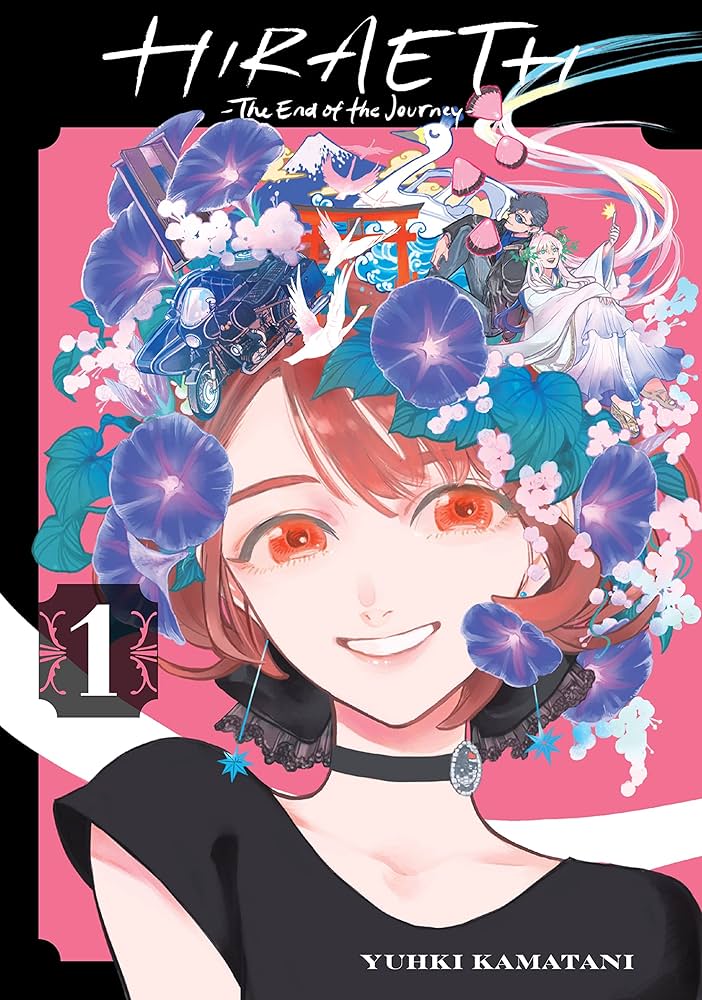
HIRAETH -The End of the Journey-
Writer/Artist: Yuhki Kamatani
Translation: Leah Surgent
Lettering: Salud Campos Blasco
Editing: Jesika Brooks
Publisher: Kodansha
Mika wants to see her dead friend Mitsuha one last time. Hibino wants to die after centuries of immortality. A nameless god that has almost been forgotten is on the edge of collapse. So the three of them go on a journey to Yomotsu Hirasaka in Shimane Prefecture, where they will step into Yomi, the land of the dead.
Comics about death and impermanence are a dime a dozen these days, perhaps because in the past few years we’ve experienced a pandemic, at least one genocide and violence perpetrated by fascist governments across the globe. HIRAETH -The End of the Journey- covers ground already walked by Yokohama Kaidashi Kikou and Frieren: At Journey’s End. But neither of those series was drawn by Yuhki Kamatani. HIRAETH was, and that makes it worth reading.
Kamatani has a knack for crafting visual metaphors that leap off the page. From the flowers and vines that bind Mika’s body, to “death roads” that lay out each character’s life on the page as a chain of panels towards their demise, the book transforms abstract topics into feelings that burn in your gut. Kamatani also takes care to highlight characters at different stages in their lives: suicidal teenagers, terminal patients, older folks. Nobody is taken for granted as the “default.”
It’s also fun to see how Kamatani reinvents Japanese mythology. The nameless god, who shifts between short-haired and long-haired forms, reminds me of Anonymous from Kamatani’s masterpiece Our Dreams at Dusk. The three-armed crow Yatagarasu makes an appearance and so do bakotsu (skeleton horses). I particularly liked the trip into Yomi at the end, which leaves just enough unexplained that it lingers in the memory rather than coming off as pat.
HIRAETH might not have much new to say about death. But it does have something to say about life, and how it feels to persist when so much in the world is uncertain. The most affecting scenes in the final chapters back away from anything mystical in favor of biological reality: that each of us only has so much time. — Adam Wescott
Follow Beat’s Bizarre Adventure to get weekly manga and webtoon recommendations!
Read more great reviews from The Beat!



